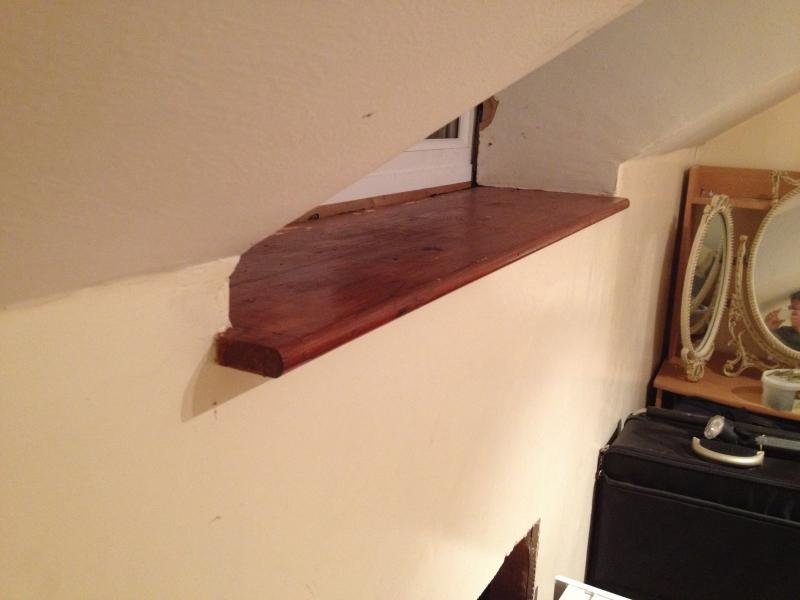Just replaced a rotten window in the attic (dorma)
As with everything UPVC when the window came in was the exact height
Anyway I have fitted the window without issue but to get the window in properly meant i have had to sit it on a 2" timber
The problem I have is the window now sits about 2" above the existing internal ledge and looks a bit silly
The ledge was actually put on and then the walls built on top/around it so without doing some rather substantial ripping out of boards etc it's not really an option to remove the ledge
(I'm a plasterer by trade so the plastering side doesn't worry me it's just not really feasible to remove it)
What would my options be to make it look somewhat decent
I have thought about getting a 2" timber board and fixing it on top to bring it up to the window but the original has a bullnose on the front and might look silly
As with everything UPVC when the window came in was the exact height
Anyway I have fitted the window without issue but to get the window in properly meant i have had to sit it on a 2" timber
The problem I have is the window now sits about 2" above the existing internal ledge and looks a bit silly
The ledge was actually put on and then the walls built on top/around it so without doing some rather substantial ripping out of boards etc it's not really an option to remove the ledge
(I'm a plasterer by trade so the plastering side doesn't worry me it's just not really feasible to remove it)
What would my options be to make it look somewhat decent
I have thought about getting a 2" timber board and fixing it on top to bring it up to the window but the original has a bullnose on the front and might look silly


